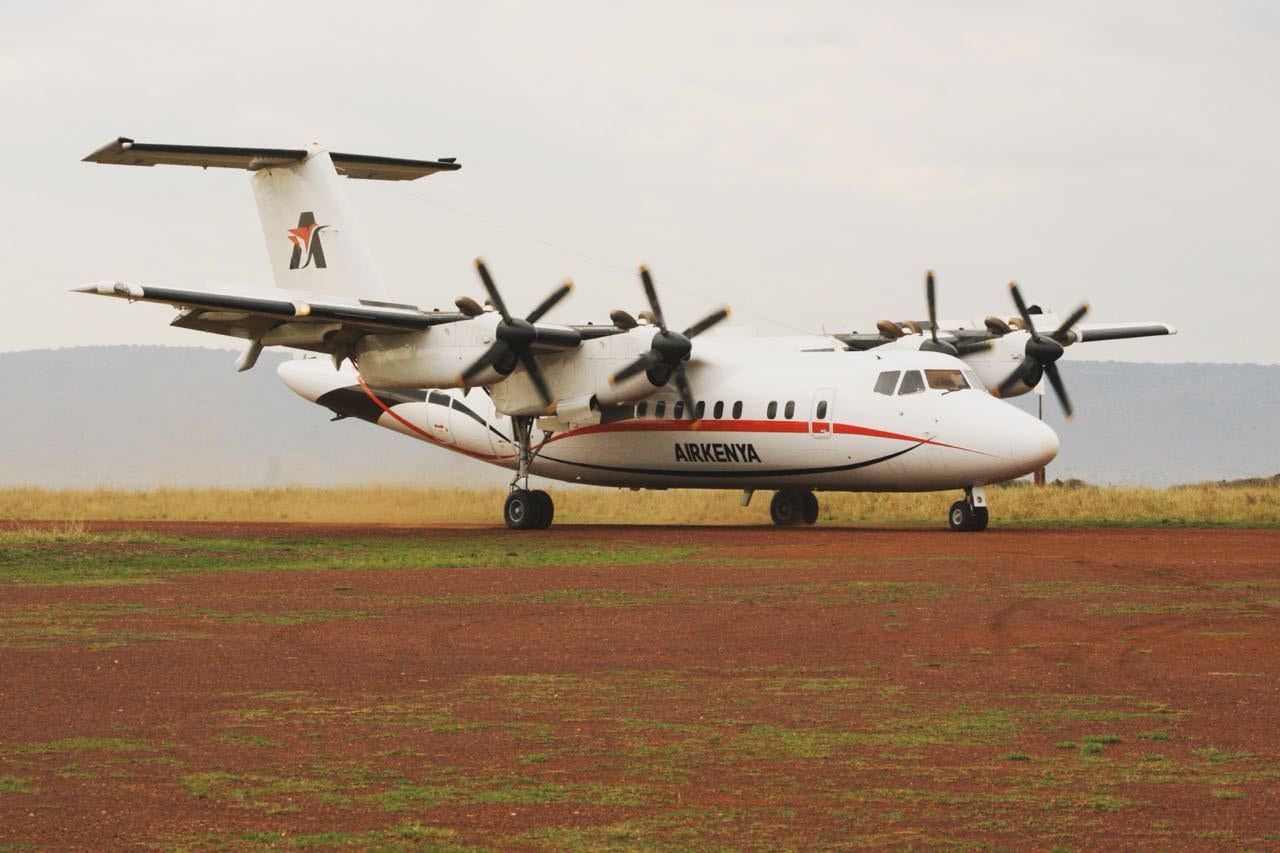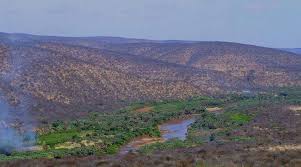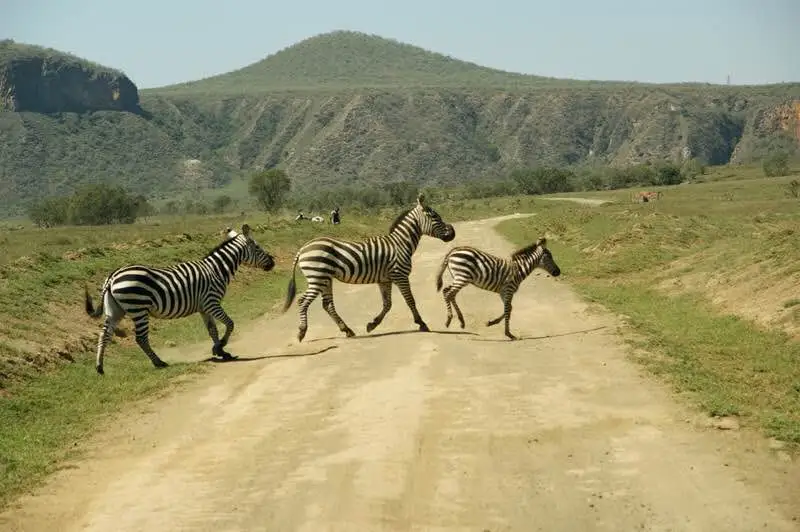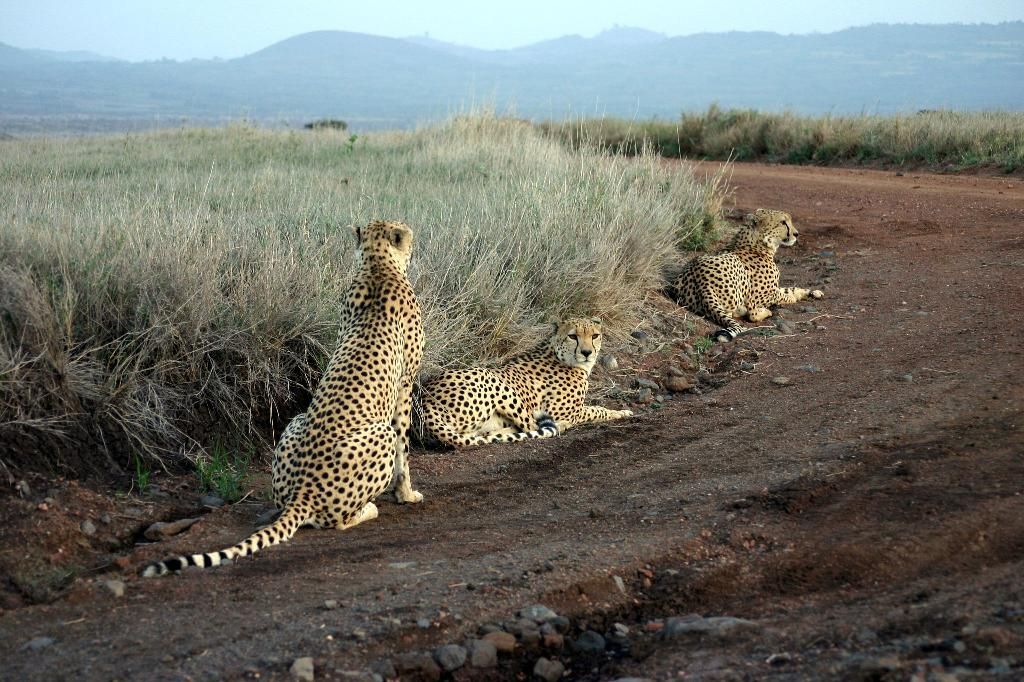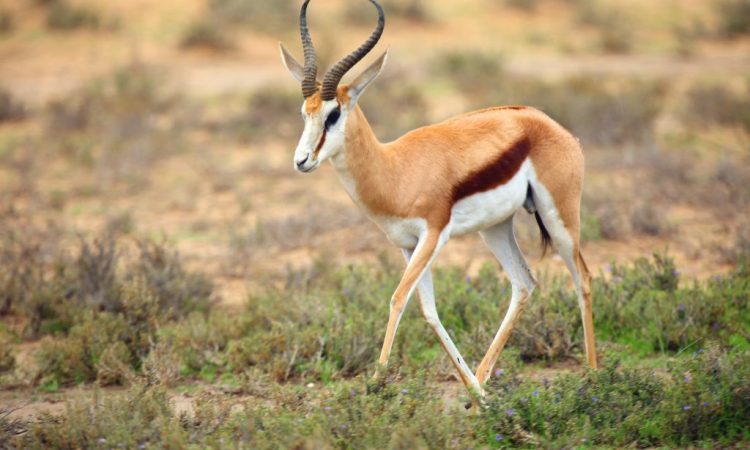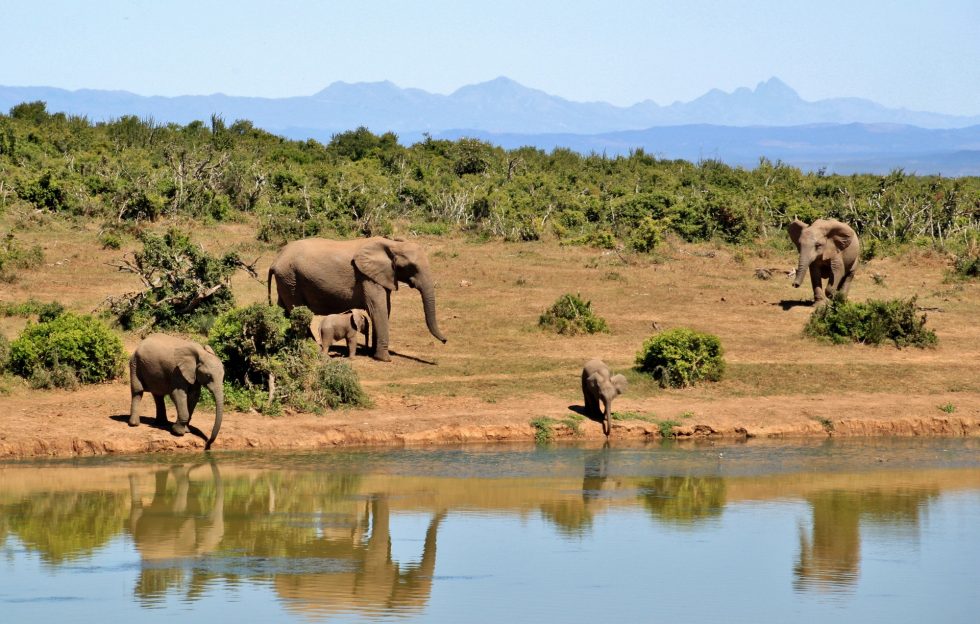
Malka Mari national reserve
Overview
Malka Mari National Reserve is a hidden gem in northeastern Kenya, near the Ethiopian border, offering an untouched and authentic wilderness experience. Covering approximately 1,500 square kilometers, this reserve is a pristine expanse of natural beauty and ecological diversity, making it one of Kenya’s most intriguing yet lesser-known conservation areas.
Nestled within the Chalbi Desert ecosystem, Malka Mari is characterized by its diverse and rugged landscapes, which include semi-arid plains, rocky outcrops, and volcanic formations. This unique setting provides a habitat for a variety of wildlife that is specially adapted to the arid conditions of the greater Marsabit area.
Despite its remote location, Malka Mari National Reserve is home to a surprising array of wildlife. Visitors have the opportunity to encounter elephants, Grevy's zebras, gerenuks, Beisa oryxes, and Somali ostriches, alongside various antelope species such as the lesser kudu and Grant's gazelle. Predators such as leopards, spotted hyenas, and occasionally lions roam the reserve, adding an element of excitement to game drives.
For birdwatchers, Malka Mari offers a treasure trove of avian species, with over 170 recorded. This includes impressive raptors like eagles, vultures, and falcons, as well as desert-adapted songbirds and waterfowl.
Exploring Malka Mari National Reserve provides a rare chance to immerse yourself in a remote and rugged landscape, far removed from the more frequented safari destinations. Activities such as game drives, guided nature walks, and birdwatching excursions allow visitors to observe the diverse wildlife and marvel at the striking scenery.
Accommodation options within the reserve are basic, with limited camping facilities available for the adventurous traveler. It is advisable to come well-prepared with supplies and provisions to ensure a self-sufficient and comfortable wilderness experience.
Conservation efforts in Malka Mari focus on preserving its fragile ecosystems and protecting its wildlife from threats like habitat degradation, poaching, and human-wildlife conflict. Local communities are actively involved in these efforts, with initiatives aimed at promoting sustainable livelihoods and environmental stewardship.
In summary, Malka Mari National Reserve offers a unique and remote safari experience for those seeking an off-the-beaten-path adventure in Kenya’s northeastern wilderness. With its rich wildlife, stunning landscapes, and a sense of true solitude, Malka Mari promises an unforgettable journey into the heart of Africa's arid lands.
Park access
It is accessible via the Mandera Airport(Rhamu airstrip,Bannissa airstrip,Takaba airstrip,Malka Mari air strip,Mandera main airstrip,Elwak airstrip), and is probably the least visited national park in the nation.
From Nairobi by Road.
The first step you take A2 route of northern Tarmac Road to Isiolo and then proceed to Moyale Town on the Ethiopian boarder. From Moyale you take the D504 Road on the eastern side through Yabdus and Sara Hills via Takaba For around 160 km before Diverting to North pass through a colonial military center of Derkale until you reach Bannissa Town distances of 65 km from Takaba. This is the safest and secure route to access the park.
The second step is driving Through B9 North Eastern road -Thika -Garrissa – Wajir -Mandera Road until You Arrive at border Town Of Elwak in Mandera County .Then you proceed west and take Elwak –Takaba road before reaching the rocky town of Takaba a distances of 140 km. From Takaba you drive North to Bannissa town a distances of 65 km .It’s journey of an estimated distances of 1400 km from Nairobi to Bannissa
Park gates
Malka Mari National reserve Main Gate
Park attractions
Habitat for Wildlife, birds and aquatic species
Reticulated giraffes, Oryx, lesser kudu, grater kudu, Impalas, Thompson Gazelles, waterbuck.
Some key wildlife species of Carnivores- Lion, Cheetah, Spotted Hyena, Jackals, Leopard and Wild dogs are also found here.
Crocodile hippos and fish are found in river Daua inside the park.
Home to unique Plant Species and Important ecosystem, water catchment and dry refuge for wildlife during dry spell
The area has been identified as unique plant endidimism. Various trees, shrubs, herbs, Forbes and grass species which includes Delonix elata, Terminalia sp Euphorbia sp; Acacia sp; Mellia vulcansii, Aristida sp; Chloris sp (foxtail grass); .Commiphora sp; Combretum sp; Aloe sp; Sensiveria sp among other species .
Some medicinal plants are also found in the park.
Park wildlife
Reticulated giraffes, Oryx, lesser kudu, grater kudu, Impalas, Thompson Gazelles, waterbuck.
Some key wildlife species of Carnivores- Lion, Cheetah, Spotted Hyena, Jackals, Leopard and Wild dogs are also found here.
Crocodile hippos and fish are found in river Daua inside the park.
Camping
Camping activities available

